7 Low Prep Activity Ideas for a Spanish Novel
After writing about 3 Mistakes I made while teaching a Spanish novel, I got a DM on Instagram asking if I had any ideas for low prep ideas when teaching a novel. As I write this, it’s spring of 2021 and teachers across the world are burnt-the-eff-out. Here are 7 low prep ideas for any novel.
Pre-Reading Cognate Match
Sometimes when my students are reading, their brains get so fatigued that they start missing simple cognates. To avoid this, I like to preview the cognates from a chapter before reading. The purpose is twofold. First of all, it helps them to recognize the cognates more easily when reading. Secondly, students may get an idea what the chapter is about.
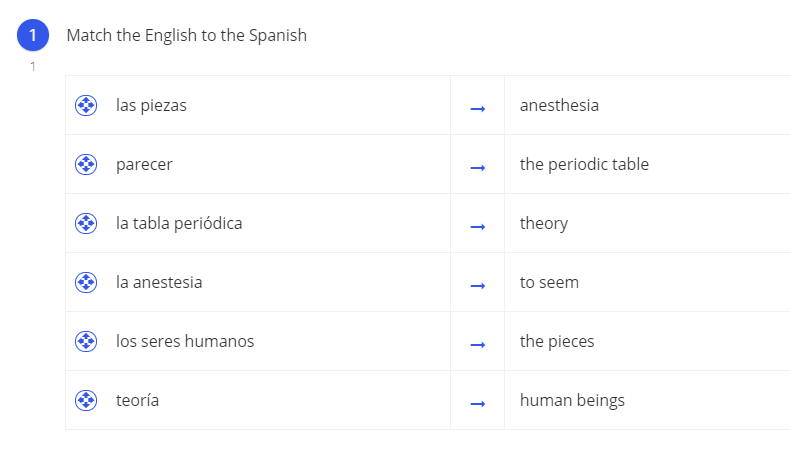
Pull cognates from the chapter and have students match the target language to English. You could also have them match the target language to pictures depending on the words. You can do this digitally with GoFormative, hands on with cards, or digitally with draggable text boxes in a Google Slide or have students draw lines on Google Slides.
Want to take it a step farther? Have students come up with sentences for the cognates. If they can relate to the novel and serve as predictions for what will happen, even better.
Pre-Reading Confidence Boost
Print out one page of the reading or do this activity digitally. Print one page of the text and have students scan it. As they scan, they should highlight any words they 100% know in green. That includes simple words like “yo”, “y”, “pero”, “soy”, anything they know. You can then point out how much of the text they already know.
As students read, they highlight in orange words that they are confident they figured out based on context. For example, maybe they don’t know “amable” means “nice” but they know it’s some kind of positive descriptor of a person. Review the orange words as a class.
Finally have students re-read and highlight in red any key words they still don’t know based on context. Review these as a class and add them to a Quizlet or Gimkit or other fun game. It’s best to do this with words you know will reappear repeatedly in the novel. In “Las sombras”, the words “notar” and “descubrir” showed up several times so would be good options to add to a study/game list.
You could add orange words to the list as well.
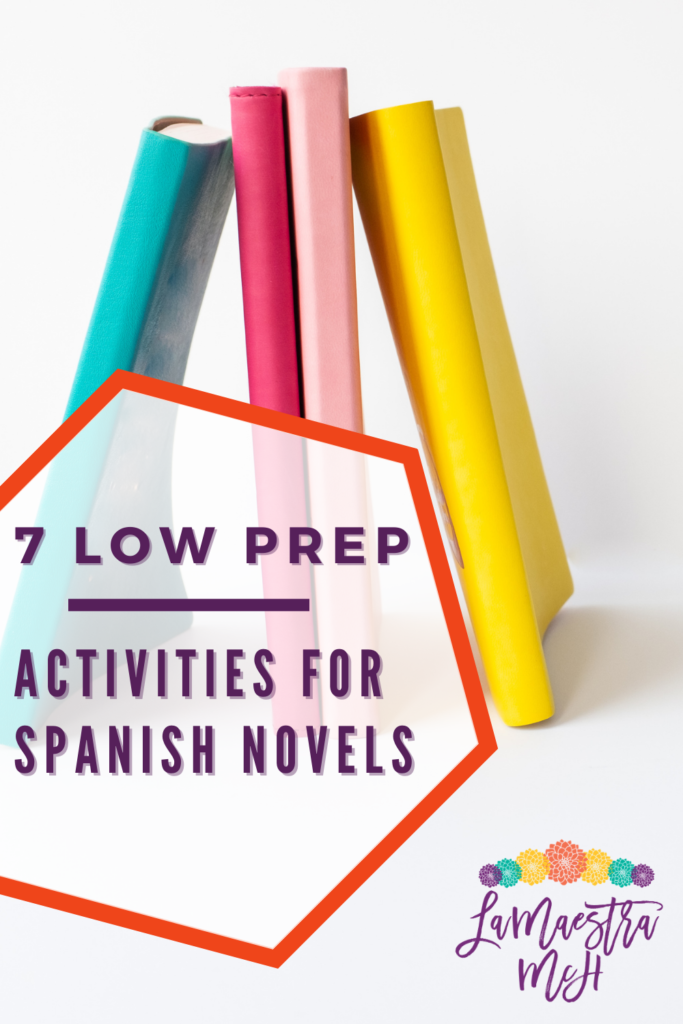
Word Focus Scavenger Hunt
Want to focus on a specific grammar point like preterite verbs or yo form verbs? Have students scan and highlight all the words that fit the category.
Your focus doesn’t have to be grammar related. Maybe you want them to find positive adjectives or words associated with a main character like clothes they wear, family members, or possessions.
Not ready to tackle a novel? No worries! Start with short stories. Get one for free below plus pre & post reading activity ideas. I can spend an entire 90 minute block on just this resource!
get My Free stem-changing Verb story!
“Joaquín quiere mascota” comes with three version for easy differentiation plus printable and digital (Google Slide) versions.
Copy and Cut
Print out the reading and cut it into sections. Have students put the reading in order. Here is more in-depth explanation of this activity. You could even give each student one section to read, then share with a group and work as a group to put the reading in order.
Have students draw the sections and now you’ve got sets of matching cards, picture to text. You also have pictures that could be used to retell the story without the text.
Take pictures of those drawings and now you can project them as a whole class retell, drop them into a Google Slide or GoFormative for matching or resequencing activities. You can add them to Quizlets or Gimkits with text or audio. The possibilities are endless and your students have done the drawing work, not you.
Preview
If you are lucky enough to have talented artists in your classes, save some of those awesome drawings for future use and use them to preview the chapter!
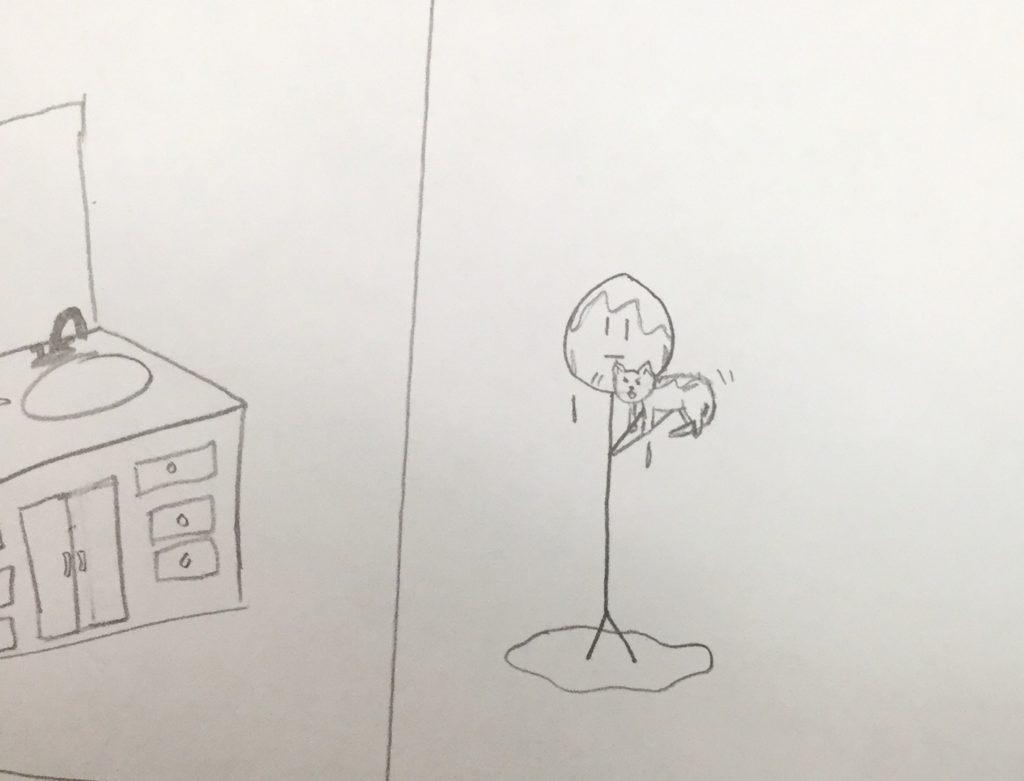
Project the images and talk as a class, making predictions of what will happen in the chapter. You could drop them in GoFormative and have students write predictions if you’re not up to leading a class discussion. The you can project everyone’s predictions (with names hidden) and students can work in pairs to read the predictions. Vote on which you think is most likely!
Post-Reading Find The Error
Have students summative what they read but change a detail. Have students read and find the errors. You could have students hang their summaries around the room, do a collaborative Google Slide with each student writing on a different slide or you could project them and go through them as a class.
Post-Reading Parallel Story
Have students write a parallel story to what they read. They keep the same basic plot point but change the details, or tense, or point of view. If a character has a bad day because they lost their phone, maybe the students write as if they were the student. Or maybe the character has a bad day for another reason. Maybe the character loses their phone but meets a cute guy who returns the phone to them.
It’s a great way to get students writing with lots of scaffolding because they can use words and phrases from the text. It’s also fun to see what they come up with. Share in groups. Or swap, read, and draw!
There you have it!
Seven, low-prep ideas for a Spanish novel or any story! You could do these activities with any proficiency level and for any reading. Remember, it doesn’t have to be a novel. It could be a short story like one of these or any target language text.
If you try any of these, I’d love to hear how it goes! Tag me or DM me on Instagram @lamaestramch!

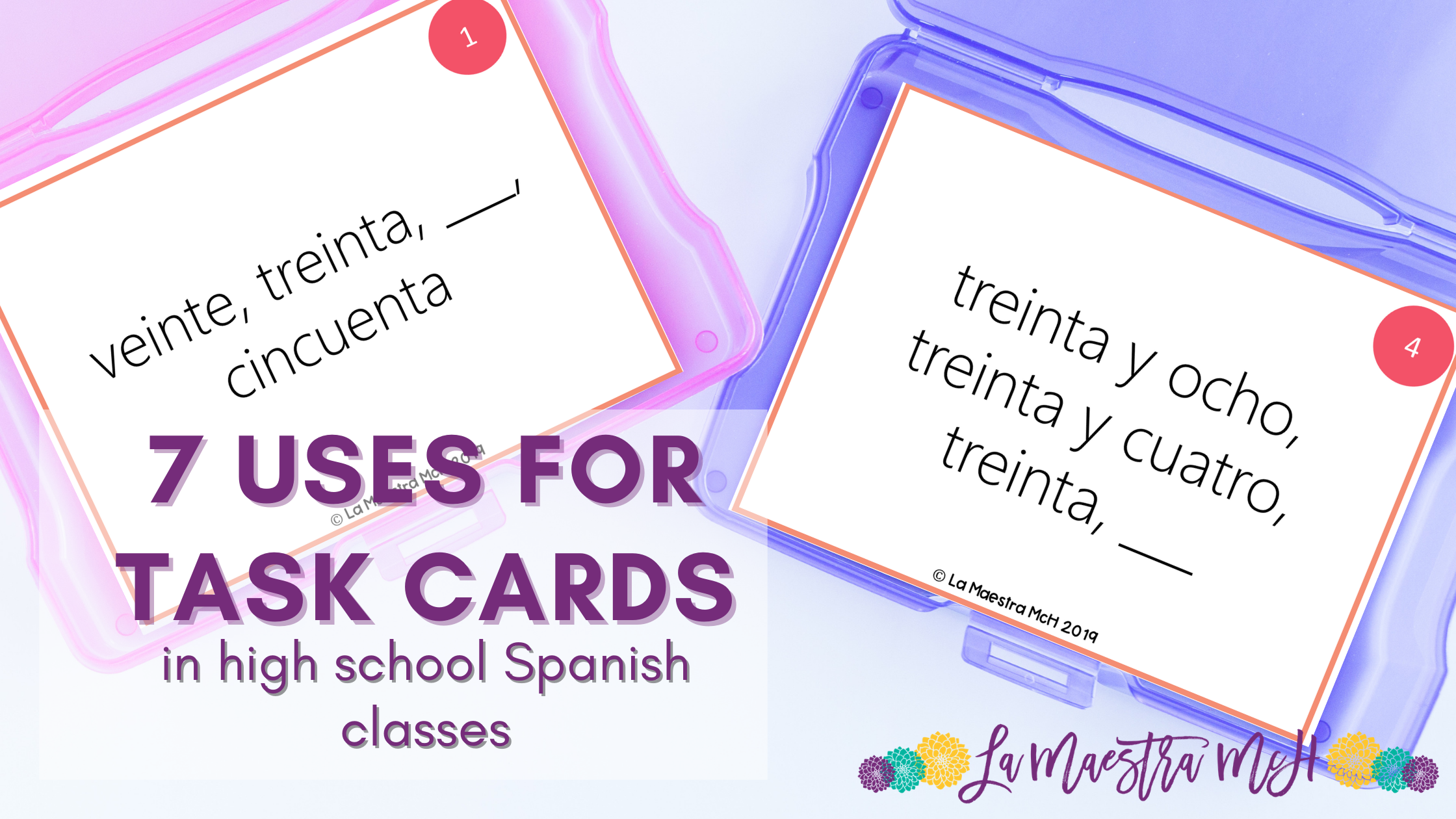
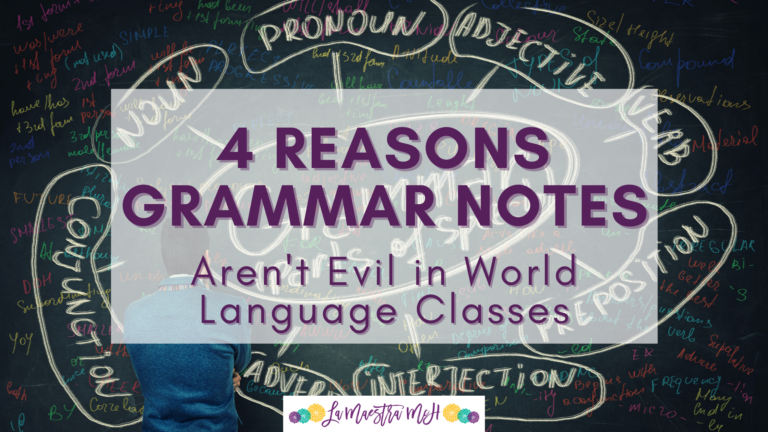

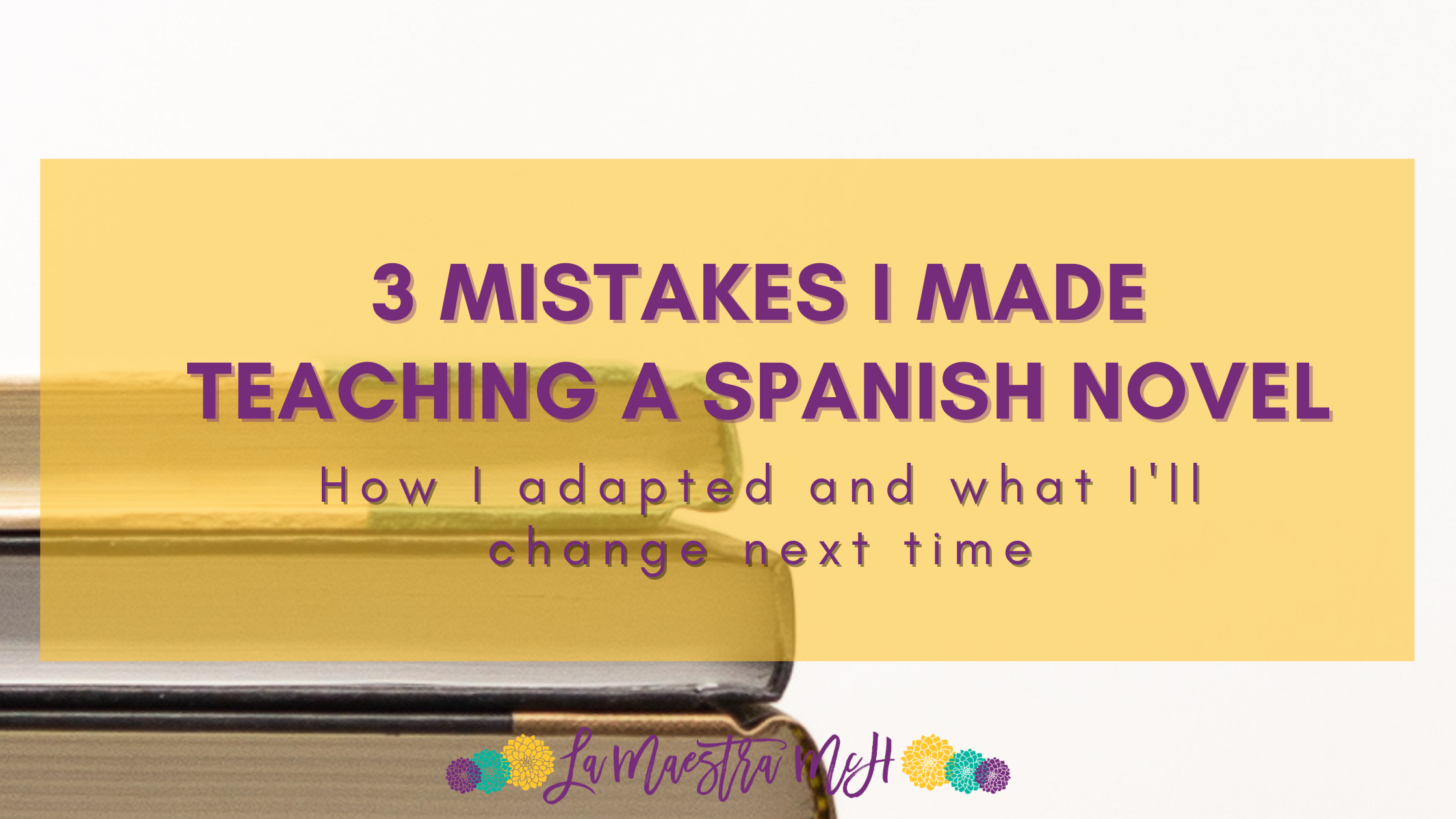
Thank you so much for this post! I have a few stories that I’ve been wanting to introduce to my classes and haven’t been sure how to do so without completely overwhelming them. I’ll definitely be trying this out this Fall.